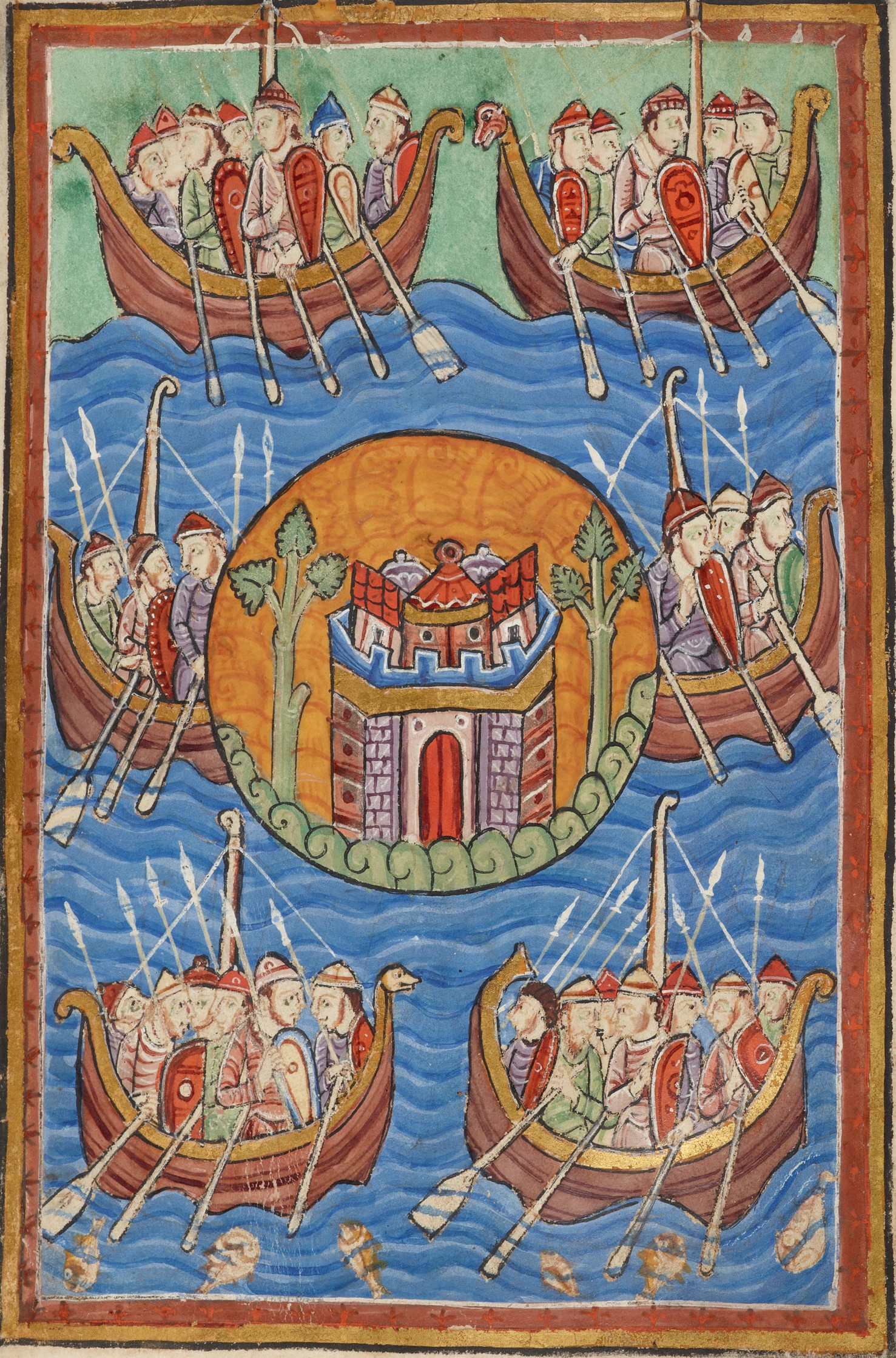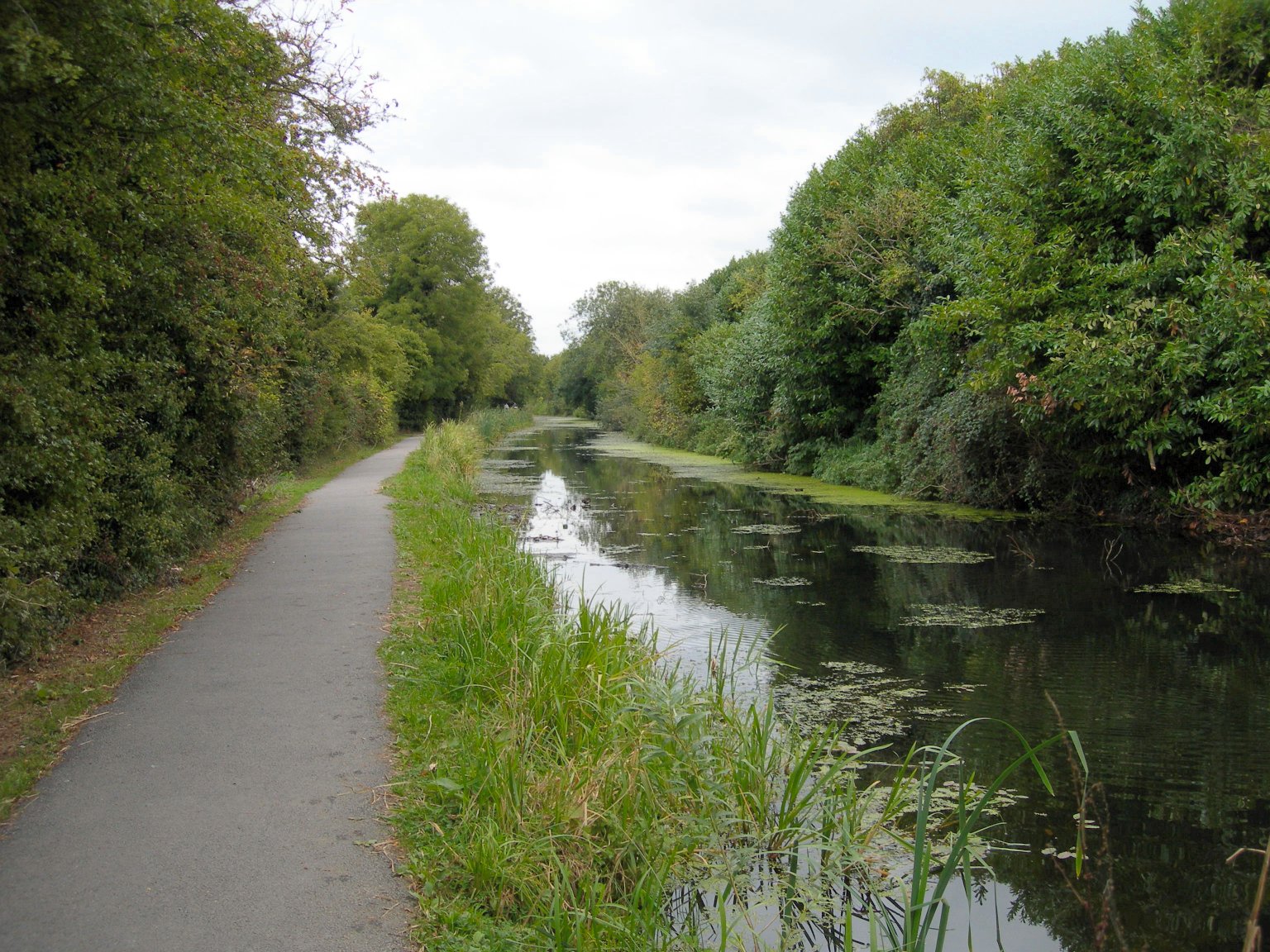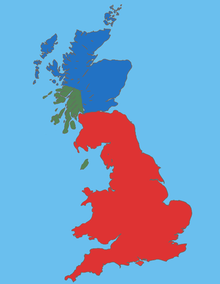|
Battle Of Beran Byrig
At the Battle of Beran Byrig or Beranburh the West Saxons are said to have defeated the Britons at Barbury Castle hillfort near Swindon in or around 556 AD according to the ''Anglo-Saxon Chronicle''. The ''Chronicles entry for the year states: :556: :556: This year Cynric and Ceawlin Ceawlin ( ; also spelled Ceaulin, Caelin, Celin, died ''ca.'' 593) was a King of Wessex. He may have been the son of Cynric of Wessex and the grandson of Cerdic of Wessex, whom the ''Anglo-Saxon Chronicle'' represents as the leader of the fi ... fought with the Britons at Beran byrg. The control of Barbury Castle and its surroundings is likely to have been strategically important for both sides, as it lies on the Ridgeway, a principal regional communication route. References Swindon Borough Council External links at The Ravens Warband Beran Byrig Beran Byrig Beran Byrig 556 6th century in England Beran Byrig {{England-battle-stub ... [...More Info...] [...Related Items...] OR: [Wikipedia] [Google] [Baidu] |
Anglo-Saxon Settlement Of Britain
The settlement of Great Britain by Germanic peoples from continental Europe led to the development of an Anglo-Saxons, Anglo-Saxon cultural identity and a shared Germanic language—Old English—whose closest known relative is Old Frisian, spoken on the other side of the North Sea. The first Germanic speakers to settle Britain permanently are likely to have been soldiers recruited by the Roman administration in the 4th century AD, or even earlier. In the early 5th century, during the end of Roman rule in Britain and the breakdown of the Roman economy, larger numbers arrived, and their impact upon local culture and politics increased. There is Historiography of the Anglo-Saxon settlement of Britain, ongoing debate about the scale, timing and nature of the Anglo-Saxon settlements and also about what happened to the existing populations of the regions where the migrants settled. The available evidence includes a small number of medieval texts which emphasize Saxons, Saxon settle ... [...More Info...] [...Related Items...] OR: [Wikipedia] [Google] [Baidu] |
Swindon
Swindon () is a town in Wiltshire, England. At the time of the 2021 Census the population of the built-up area was 183,638, making it the largest settlement in the county. Located at the northeastern edge of the South West England region, Swindon lies on the M4 corridor, 84 miles (135 km) to the west of London and 36 miles (57 km) to the east of Bristol. The Cotswolds lie just to the town's north and the North Wessex Downs to its south. Recorded in the 1086 Domesday Book as ''Suindune'', the arrival of the Great Western Railway in 1843 transformed it from a small market town of 2,500 into a thriving railway hub that would become one of the largest Swindon Works, railway engineering complexes in the world at its peak. This brought with it pioneering amenities such as the UK's first lending library and a 'cradle-to-grave' healthcare centre that was later used as a blueprint for the NHS. Swindon's railway heritage can be primarily seen today with the grade 2 listed Railway Villag ... [...More Info...] [...Related Items...] OR: [Wikipedia] [Google] [Baidu] |
Battles Involving The Britons
A battle is an occurrence of combat in warfare between opposing military units of any number or size. A war usually consists of multiple battles. In general, a battle is a military engagement that is well defined in duration, area, and force commitment. An engagement with only limited commitment between the forces and without decisive results is sometimes called a skirmish. The word "battle" can also be used infrequently to refer to an entire operational campaign, although this usage greatly diverges from its conventional or customary meaning. Generally, the word "battle" is used for such campaigns if referring to a protracted combat encounter in which either one or both of the combatants had the same methods, resources, and strategic objectives throughout the encounter. Some prominent examples of this would be the Battle of the Atlantic, Battle of Britain, and the Battle of France, all in World War II. Wars and military campaigns are guided by military strategy, whereas batt ... [...More Info...] [...Related Items...] OR: [Wikipedia] [Google] [Baidu] |
Battles Involving Wessex
A battle is an occurrence of combat in warfare between opposing military units of any number or size. A war usually consists of multiple battles. In general, a battle is a military engagement that is well defined in duration, area, and force commitment. An engagement with only limited commitment between the forces and without decisive results is sometimes called a skirmish. The word "battle" can also be used infrequently to refer to an entire operational campaign, although this usage greatly diverges from its conventional or customary meaning. Generally, the word "battle" is used for such campaigns if referring to a protracted combat encounter in which either one or both of the combatants had the same methods, resources, and strategic objectives throughout the encounter. Some prominent examples of this would be the Battle of the Atlantic, Battle of Britain, and the Battle of France, all in World War II. Wars and military campaigns are guided by military strategy, whereas battl ... [...More Info...] [...Related Items...] OR: [Wikipedia] [Google] [Baidu] |
550s Conflicts
55 may refer to: *55 (number) * 55 BC * AD 55 * 1955 *2055 Science *Caesium, by the element's atomic number Astronomy *Messier object M55, a magnitude 7.0 globular cluster in the constellation Sagittarius *The New General Catalogue object NGC 55, a magnitude 7.9 barred spiral galaxy in the constellation Sculptor * 55 Nights, mixtape by british rapper Future Transportation *The highest speed limit allowed in the United States between 1974 and 1986 per the National Maximum Speed Law * Highway 55, several roads * Route 55 (other), bus and tram routes *DAF 55, a small family car Film *'' 55 Days at Peking'', a film starring Charlton Heston and David Niven Other uses *''Gazeta 55'', an Albanian newspaper *Agitation and Propaganda against the State, also known as Constitution law 55, a law during Communist Albania * +55, the code for international direct dial phone calls to Brazil *5:5, law enforcement code for handcuffs * ''55'' (album), by the Knocks *"55", a 2022 song ... [...More Info...] [...Related Items...] OR: [Wikipedia] [Google] [Baidu] |
The Ridgeway
The Ridgeway is a ridgeway or ancient trackway described as Britain's oldest road. The section clearly identified as an ancient trackway extends from Wiltshire along the chalk ridge of the Berkshire Downs to the River Thames at the Goring Gap, part of the Icknield Way which ran, not always on the ridge, from Salisbury Plain to East Anglia. The route was adapted and extended as a National Trail, created in 1972. The Ridgeway National Trail follows the ancient Ridgeway from Overton Hill, near Avebury, to Streatley, then follows footpaths and parts of the ancient Icknield Way through the Chiltern Hills to Ivinghoe Beacon in Buckinghamshire. The National Trail is long. History For at least 5,000 years travellers have used the Ridgeway. The Ridgeway provided a reliable trading route to the Dorset coast and to the Wash in Norfolk. The high dry ground made travel easy and provided a measure of protection by giving traders a commanding view, warning against potential attac ... [...More Info...] [...Related Items...] OR: [Wikipedia] [Google] [Baidu] |
Ceawlin Of Wessex
Ceawlin ( ; also spelled Ceaulin, Caelin, Celin, died ''ca.'' 593) was a King of Wessex. He may have been the son of Cynric of Wessex and the grandson of Cerdic of Wessex, whom the ''Anglo-Saxon Chronicle'' represents as the leader of the first group of Saxons to come to the land which later became Wessex. Ceawlin was active during the last years of the Anglo-Saxon expansion, with little of southern England remaining in the control of the native Britons by the time of his death. The chronology of Ceawlin's life is highly uncertain. The historical accuracy and dating of many of the events in the later ''Anglo-Saxon Chronicle'' have been called into question, and his reign is variously listed as lasting seven, seventeen, or thirty-two years. The ''Chronicle'' records several battles of Ceawlin's between the years 556 and 592, including the first record of a battle between different groups of Anglo-Saxons, and indicates that under Ceawlin Wessex acquired significant territory ... [...More Info...] [...Related Items...] OR: [Wikipedia] [Google] [Baidu] |
Anglo-Saxon Chronicle
The ''Anglo-Saxon Chronicle'' is a collection of annals in Old English, chronicling the history of the Anglo-Saxons. The original manuscript of the ''Chronicle'' was created late in the ninth century, probably in Wessex, during the reign of King Alfred the Great (r. 871–899). Its content, which incorporated sources now otherwise lost dating from as early as the seventh century, is known as the "Common Stock" of the ''Chronicle''.Hunter Blair, ''Roman Britain'', p. 11. Multiple copies were made of that one original and then distributed to monasteries across England, where they were updated, partly independently. These manuscripts collectively are known as the ''Anglo-Saxon Chronicle''. Almost all of the material in the ''Chronicle'' is in the form of annals, by year; the earliest is dated at 60 BC (the annals' date for Julius Caesar's invasions of Britain). In one case, the ''Chronicle'' was still being actively updated in 1154. Nine manuscripts of the ''Chronicle'', none of ... [...More Info...] [...Related Items...] OR: [Wikipedia] [Google] [Baidu] |
Hillfort
A hillfort is a type of fortification, fortified refuge or defended settlement located to exploit a rise in elevation for defensive advantage. They are typical of the late Bronze Age Europe, European Bronze Age and Iron Age Europe, Iron Age. Some were used in the post-Roman Empire, Roman period. The fortification usually follows the contours of a hill and consists of one or more lines of Earthworks (Archaeology), earthworks or stone Rampart (fortification), ramparts, with stockades or defensive walls, and external ditches. If enemies were approaching, the inhabitants would spot them from a distance. Prehistoric Europe saw a growing population. It has been estimated that in about 5000 BC during the Neolithic between 2 million and 5 million lived in Europe; in the Late Iron Age it had an estimated population of around 15 to 30 million. Outside Greece and Italy, which were more densely populated, the vast majority of settlements in the Iron Age were small, with ... [...More Info...] [...Related Items...] OR: [Wikipedia] [Google] [Baidu] |
Barbury Castle
Barbury Castle is a Scheduled monument, scheduled hillfort in Wiltshire, England. It is one of several such forts found along the ancient The Ridgeway, Ridgeway route. The site, which lies within the Wessex Downs Area of Outstanding Natural Beauty, has been managed as a country park by Swindon, Swindon Borough Council since 1971. It is on Barbury Hill, a local vantage point, which, under ideal weather conditions, commands a view across to the Cotswolds and the River Severn. It has two deep defensive ditches and ramparts. History The site was first occupied some 2,500 years ago, and was then in use during the Ancient Rome, Roman occupation of the area. Archaeological investigations at Barbury have shown evidence of a number of buildings, indicating a village or military garrison at this time. In the 6th century the site became part of the Anglo-Saxon England, Saxon kingdom of Wessex, following the defeat of the Romano-British at the Battle of Beran Byrig, Battle of Beranburgh, ' ... [...More Info...] [...Related Items...] OR: [Wikipedia] [Google] [Baidu] |
Celtic Britons
The Britons ( *''Pritanī'', , ), also known as Celtic Britons or Ancient Britons, were the Celtic people who inhabited Great Britain from at least the British Iron Age until the High Middle Ages, at which point they diverged into the Welsh, Cornish, and Bretons (among others). They spoke Common Brittonic, the ancestor of the modern Brittonic languages. The earliest written evidence for the Britons is from Greco-Roman writers and dates to the Iron Age. Ancient Britain was made up of many tribes and kingdoms, associated with various hillforts. The Britons followed an ancient Celtic religion overseen by druids. Some of the southern tribes had strong links with mainland Europe, especially Gaul and Belgica, and minted their own coins. The Roman Empire conquered most of Britain in the 1st century AD, creating the province of Britannia. The Romans invaded northern Britain, but the Britons and Caledonians in the north remained unconquered, and Hadrian's Wall became the edge ... [...More Info...] [...Related Items...] OR: [Wikipedia] [Google] [Baidu] |
Ceawlin
Ceawlin ( ; also spelled Ceaulin, Caelin, Celin, died ''ca.'' 593) was a King of Wessex. He may have been the son of Cynric of Wessex and the grandson of Cerdic of Wessex, whom the ''Anglo-Saxon Chronicle'' represents as the leader of the first group of Saxons to come to the land which later became Wessex. Ceawlin was active during the last years of the Anglo-Saxon expansion, with little of southern England remaining in the control of the native Britons by the time of his death. The chronology of Ceawlin's life is highly uncertain. The historical accuracy and dating of many of the events in the later ''Anglo-Saxon Chronicle'' have been called into question, and his reign is variously listed as lasting seven, seventeen, or thirty-two years. The ''Chronicle'' records several battles of Ceawlin's between the years 556 and 592, including the first record of a battle between different groups of Anglo-Saxons, and indicates that under Ceawlin Wessex acquired significant territory, ... [...More Info...] [...Related Items...] OR: [Wikipedia] [Google] [Baidu] |







